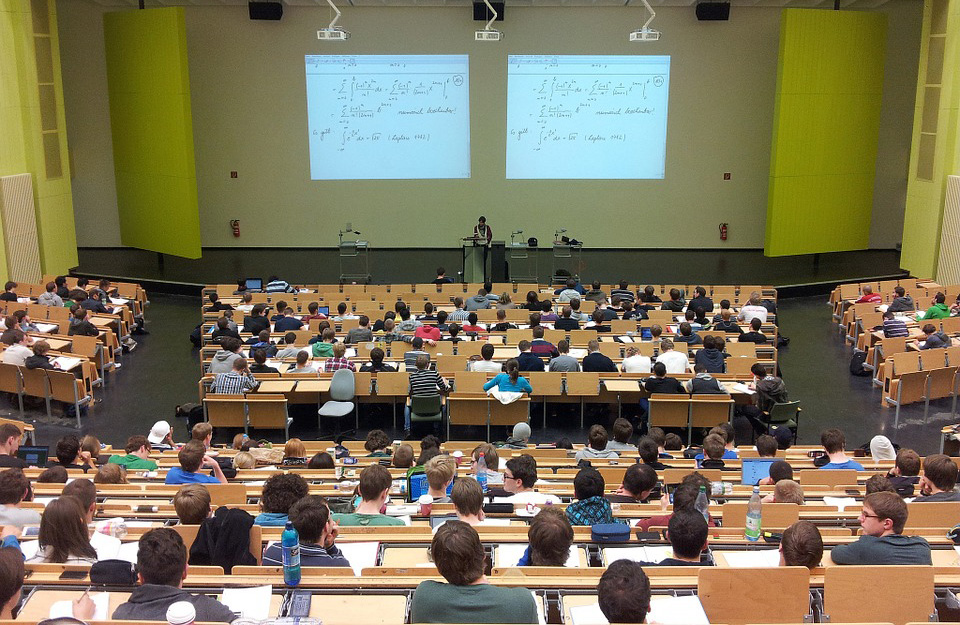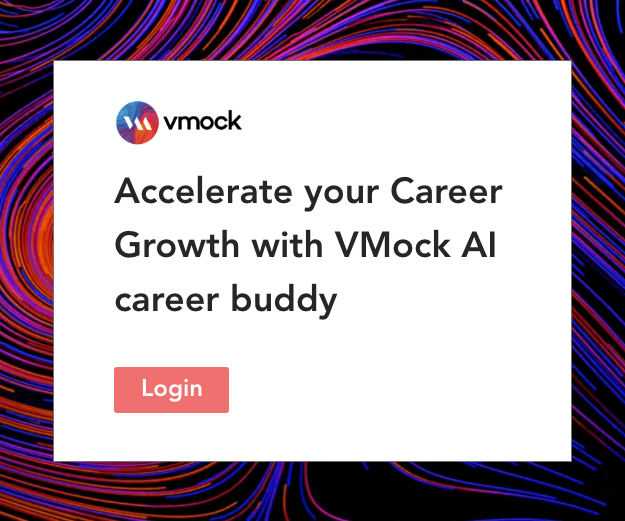The buzz around AI, machine learning and automation has pervaded corporate boardrooms, gripping the imagination of the media, tech enthusiasts, and entrepreneurs alike. The swift proliferation of these technologies across industries is set to usher in a more productive, profitable and efficient era. Marketing, retail, investment banking, healthcare, and other fields are already participating in a rapid transformation through automation. However, the impact and acceleration of Industry 4.0 in education is not as clear as in other industries. Industry 4.0 aims to create ‘smart factories’ in which cyber-systems combined with the internet, cloud computing and machine learning algorithms make decentralized decisions with minimal human input.
The education giant, Pearson, took note of the sluggish pace of AI progress in education in its 2015 report, Intelligence Unleashed: An argument for AI in Education. “Despite nearly three decades of work, AIEd [AI in education] is in many ways still a cottage industry, and the benefits and enormous potential of the field remain mostly unrealized. Sadly, many of the best ideas in AIEd currently make it no further than the lab or perhaps a lecture hall,” the report states.
Even though computer-assisted learning (CAL) has been around since 1980s, AIEd has progressed slowly. The slow pace can perhaps be attributed to a lack of funds available to educational institutions for adopting advanced technologies. There’s also some resistance from teachers -“With the rise of intelligent tutoring systems, educators have been forced to confront their own existential crisis: can a machine teach and what does this mean for teachers?” says Whizz Education’s Mr. Mubeen.
These reservations notwithstanding, automation and artificial intelligence wield enormous power in augmenting multiple facets of education ranging from teaching methodology, feedback mechanisms, accessibility, and scalability to content creation and learning. The AI shift can benefit all stakeholders: the students, the teachers, administration and educational institutes.
The following areas are where we see AI, Machine Learning and Automation making an impact now or in the near term:
1. Personalized Curriculum and Teaching Methodology
The one-size-fits-all approach of traditional teaching obstructs a need-based educational model for students. Each student has specific learning needs and preferences. Teachers find themselves struggling to address these learning gaps and try to tailor their teaching style to the individual needs of students.
Machine Learning algorithms can extract patterns from data and produce educational insights. These insights enable teachers to determine improvement areas in their teaching technique along with the precise understanding of the learning gaps within the subject matter. Brainly, a social networking platform designed exclusively to facilitate student collaboration, has been leveraging machine learning algorithms to create customized content for students so that they can learn at their own pace and forge their unique learning curve. According to Erik Choi, Principal Researcher at Brainly, “We will be able to hone in on the areas where a student struggles, and tailor their lessons to help them through difficult topics.”
Personalized education has been expanded largely due to artificial intelligence. A personalized education software based on principles of Artificial Intelligence crafts individual mini-curriculum for students with diverse interests in subject areas and varied abilities. So, in a single class some students can be seen viewing videos related to organic chemistry, while other students are involved with calculus or geometry.
Washington Leadership Academy is one such example, where students learn via personalized academics, indulge in real-world practice, while creating and utilizing leading technologies. The academy’s school development materials, curriculum, and lessons are shared openly to foster further adoption and innovation.
Mark Zuckerberg has put his weight behind the future of personalised learning by collaborating with Summit Public Schools on Summit Basecamp. Charter and traditional schools in the US have been rushing to sign up for Summit Basecamp, a data-driven personalized learning tool touted to revolutionize learning. The students at Summit Public Schools study trade textbooks for Chromebooks and surf the freely available educational content. The program, developed with the help of Facebook engineers, tailors lessons for individual students based on their performance track record.
The personalized learning-PLP is a software which collates an overview of the annual curriculum, allowing students to organize their work in a calendar, all while compiling their course materials and tests. The tool also enables teachers in reviewing a student’s work and collaborating with other teachers to design new lesson plans. Bill Gates, via his foundation Bill & Melinda Gates, has also been championing the cause of personalized education and has already pumped millions into the vision.
2. Grading and Assessment
Teachers can employ ‘educational robots’ or automated grading systems to liberate themselves from the repetitive task of grading assignments. These systems, spontaneously or with the aid of peer grading, assess and grade student assignments or tests. Pearson’s WriteToLearn and Turnitin’s Lightside can score essays and effectively detect plagiarism. However, currently, automated grading techniques are more evolved for assessing multiple-choice questions or fill-in-the-blank paper patterns. But with the advancement in essay-grading software, automated grading of student writing seems like a plausible scenario. Additionally, teachers can automate class announcements and assign students to projects or tasks.
More free time allows teachers to pursue more stimulating and productive activities like, professional development coaching, and conducting more interactive student-teacher sessions.
University exams can encompass complicated, multi-part assessments, and students often have to wait for more than 40 hours for exam results. The delay is one reason why students stand to gain immensely from automated grading. A quick, accurate and fair assessment of their work provides students with timely feedback which can, in turn, be used to improve future performance.
3. Student Performance Prediction
A mathematics professor at the University of Patras, Greece, in a case study, demonstrated the prowess of machine learning in predicting a student’s future performance based on key demographic and grading data. A cloud-based learning system, Smart Classrooms, enables teachers to identify students with a high probability of dropping out so that a timely intervention can be made.
With the recent expansion of Learning Analytics, which deals in the measurement, collection and analysis of the digital print of students, the overall quality of learning has been enhanced. Students interact with the institutions whenever they log into the university’s virtual classroom, submit projects online, or issue books at the library. Additionally, data pertaining to demography, performance, admissions, registration is used to design effective lessons, plans and education policies. Massive scale online learning systems, such as Coursera and Khan Academy have been major data contributors. With the variety and volume of data around the learning patterns of enrolled students, such MOOCs will be key drivers in enhancing the quality of learning at scale.
Data can be used to tackle students issues and to set measurable goals for related programs. In fact, GovHack, Australia’s largest open government and open data hackathon, included a project which aimed at aiding educators, schools, and policy makers in predicting the risk of student dropout from school through a predictive analytics model.
However, the wide-scale accumulation of student and staff data that Learning Analytics entails, raises red flags for privacy. There is a potential risk of exploitation of personal data by nefarious elements. Certain technologies have been developed to address this issue like blockchain technology, which can be used to record grades and qualifications of students and staff in an instantly available and incorruptible format.
4. Tutoring
Tutoring is yet another spectrum where Artificial Intelligence (AI) is making its presence felt. Using machine learning and big data, AI tutoring systems deliver customised courses, track and monitor student responses to questions. Top universities are making significant investments in the future of tutoring tech.
Carnegie Mellon University, for example, has been spearheading efforts to create an AI-based cognitive tutor for several years now. Its operation has received positive feedback. Its Open Learning Initiative (OLI) statistical learning course which operated with a minimal instructor contact had registered similar learning results for students with fewer hours of study.
Similarly, Stanford University and University of Washington have collaborated on designing an AI-powered tutoring system which makes use of reinforced learning to ascertain the success of the current curriculum in delivering effective learning solutions. This human-computer collaboration stands to offer unprecedented types of learning approaches to students.
Personalized tutoring can fast track the learning process. In fact, tutoring programs such as ‘mymaths’ have become a roaring success in schools by enabling students to revise topics and practice questions, allowing teachers to set and monitor homework and progress. A pioneer in adaptive math teaching, Whizz Education, claims that one hour per week with their AI-powered tutor during an academic year can augment a student’s learning by 18 months in comparison to the peers.
5. Accessibility and Scalability
AI systems also hold the key to making accessibility and scalability a reality in global classrooms. These systems are increasingly replacing traditional classroom instruction, and they might substitute for teachers in some cases. With Massive Open Online Classrooms (MOOCs), thousands of people of varied ages and needs can learn the intricacies of different university subjects. Platforms such as Coursera, EdX, etc. have been contributing considerably to the cause.
With deep learning systems, technology can read, write and copy human behaviour. Content Technologies, Inc. (CTI) is an innovative step in assembling custom textbooks. All educators have to do is import a syllabus, while CTI’s engine populates a textbook with content. CTI’s engine is also adept at discovering new patterns.
Digital disruption stands to revolutionize the education space by minimizing manual effort at grading, enhancing education accessibility and scalability via global classrooms, developing personalized curriculum and tutoring methodologies for diverse segments of the student population and improving student performance predictability. These technologies in education emphasize the point that students must be held responsible for their own time, and teachers should become facilitators and mentors for propagating these reserves of knowledge.
Efforts at leveraging automation and machine learning in education have resulted in several innovative platforms which aim at revolutionizing the education and career development space. VMock SMART Resume Platform is one such platform which is powered by the technologies of machine learning, natural language processing and predictive data science to deliver personalized and instantaneous career guidance to students and alumni through a gamut of targeted product offerings.





